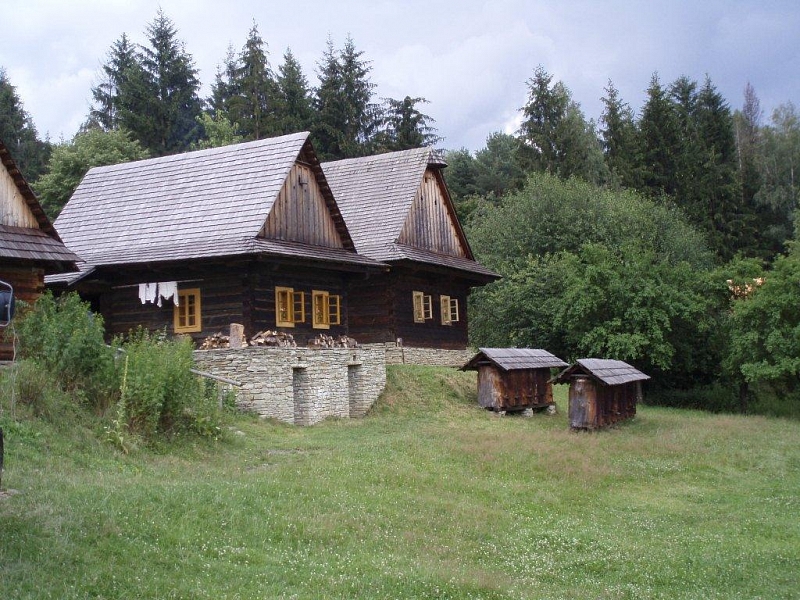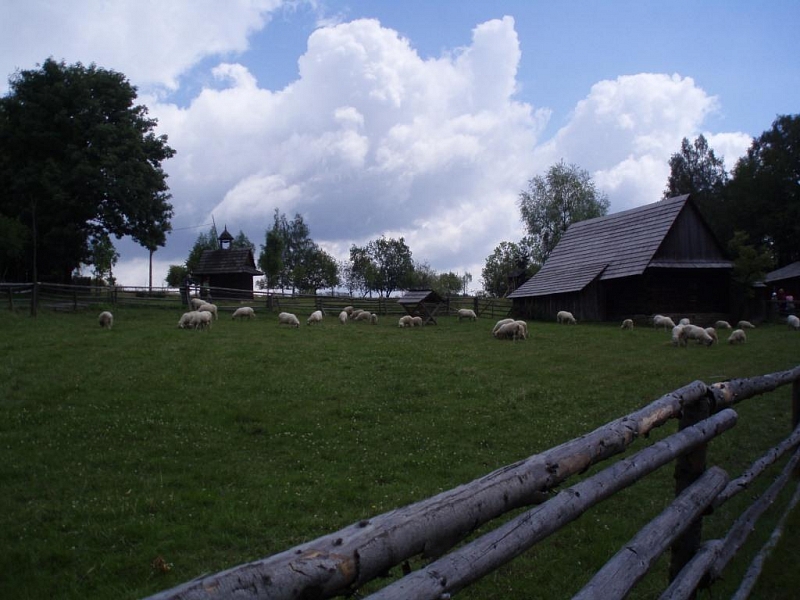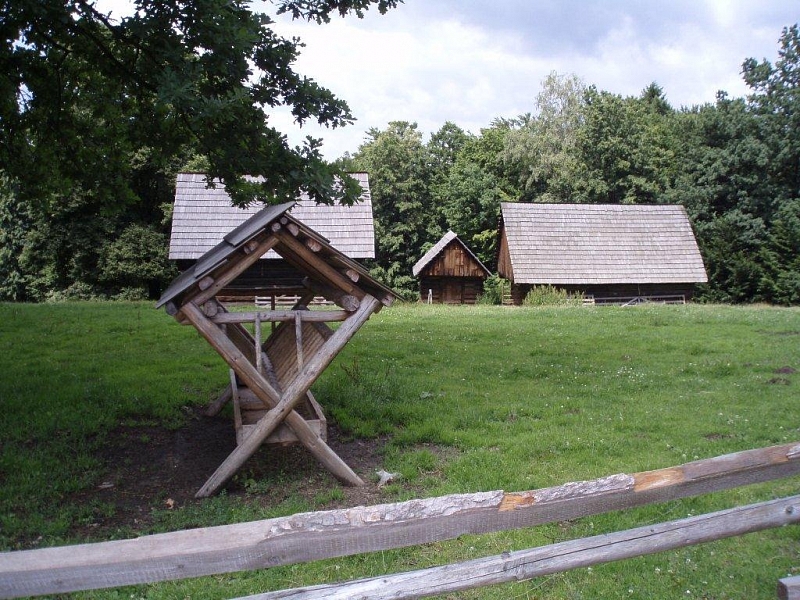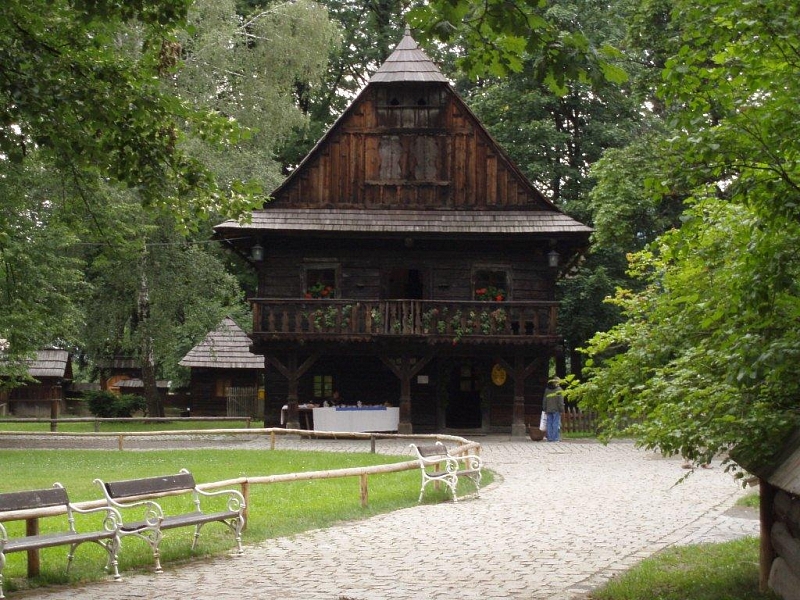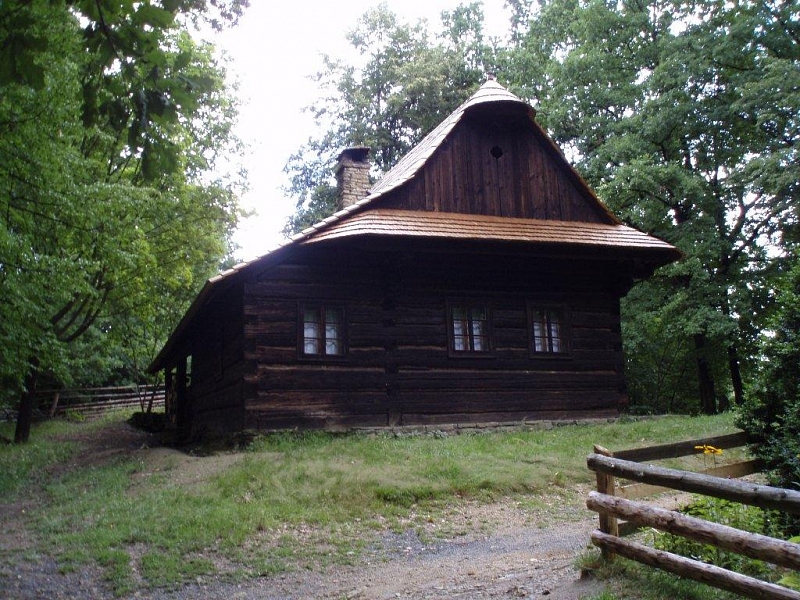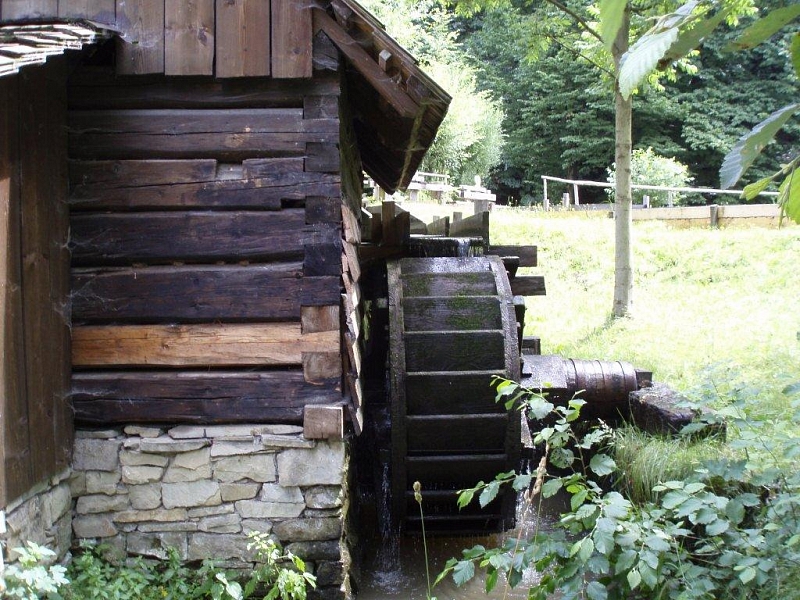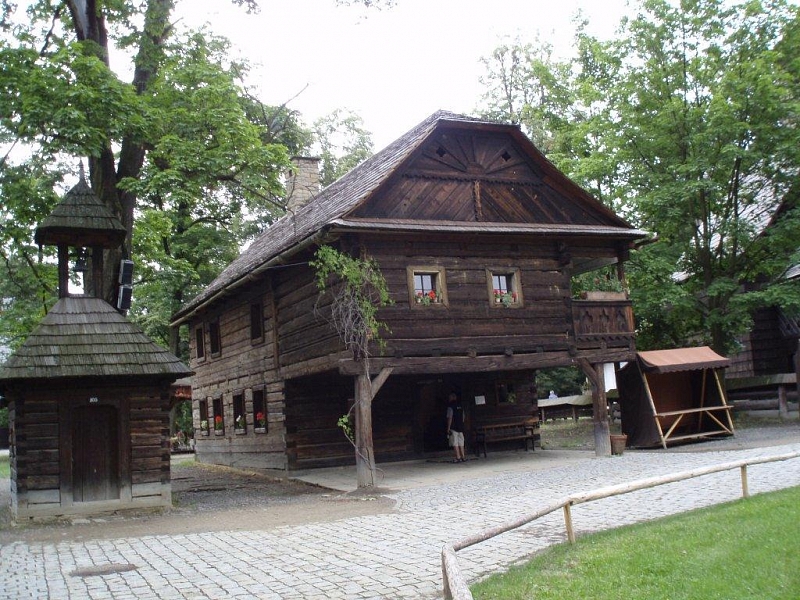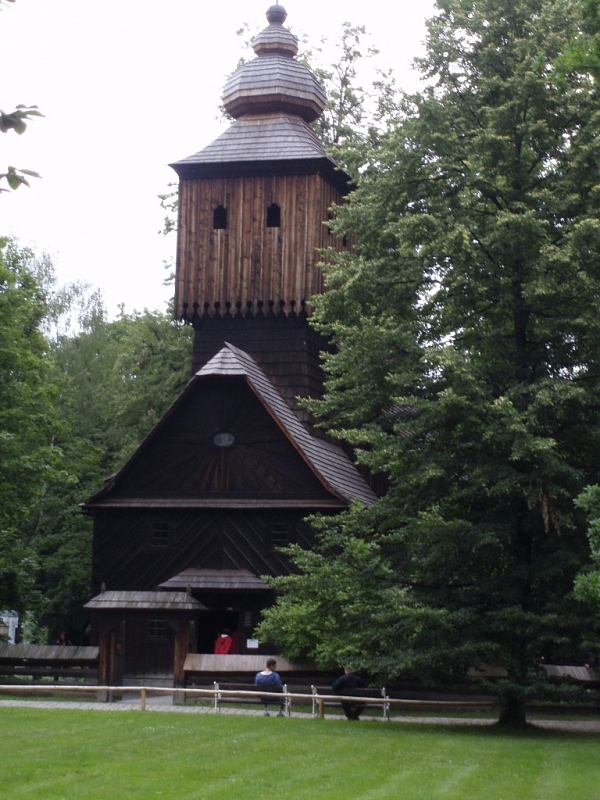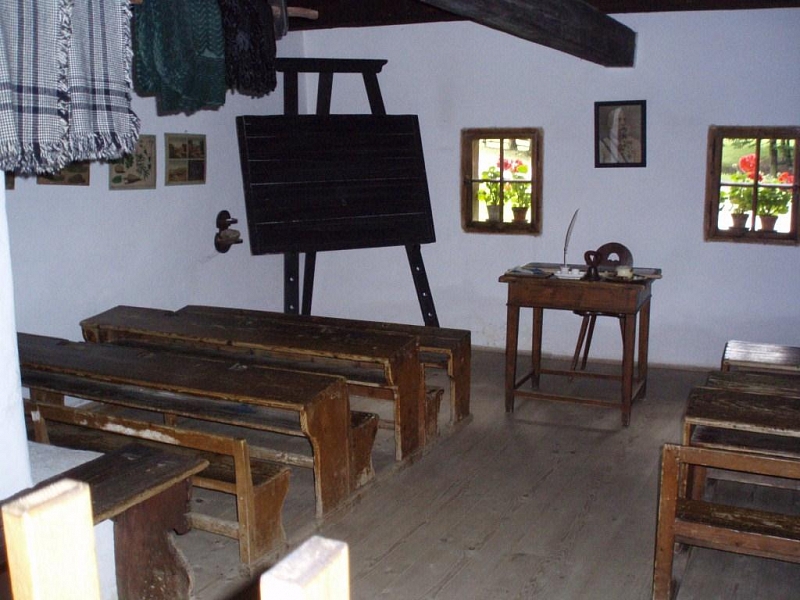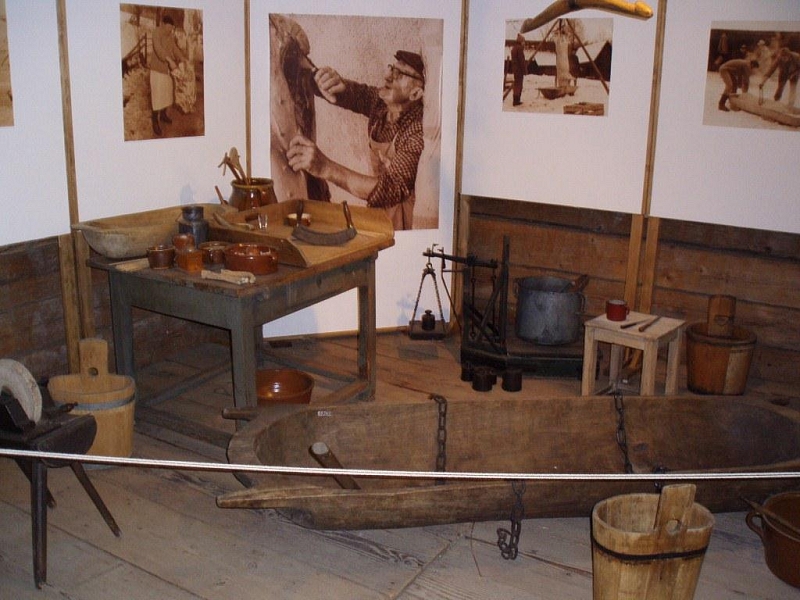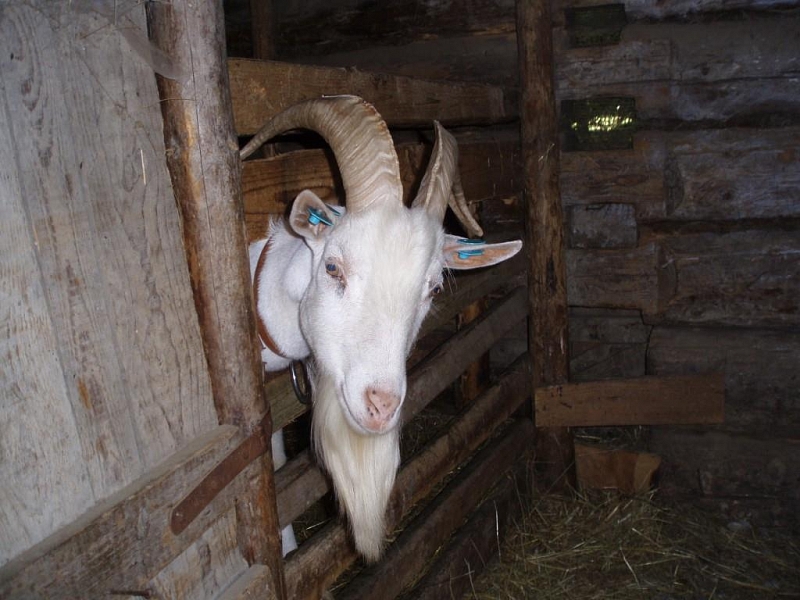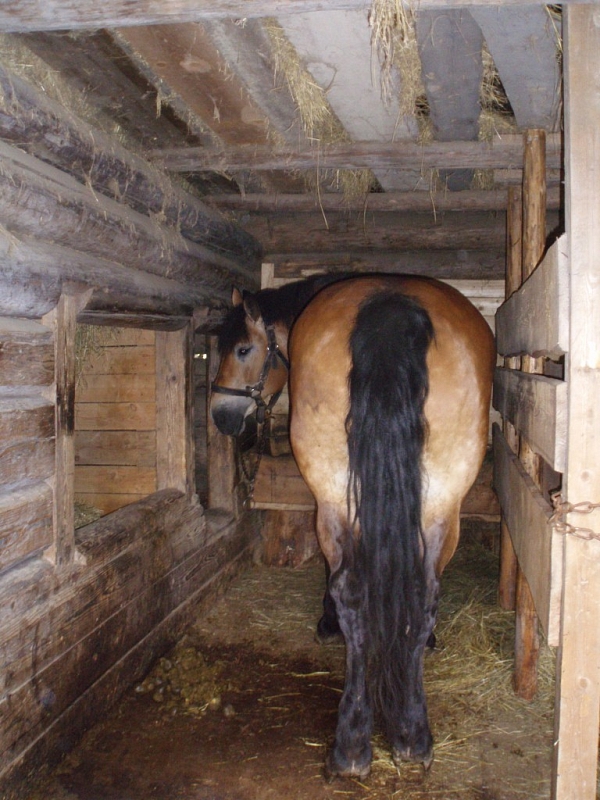Rožnov pod Radhoštěm - open-air museum
The largest and oldest open-air museum in Central Europe is definitely worth a visit. In three parts you can see 150 monuments, where you will learn a lot of interesting things from the life of our ancestors.
Information for visitors
Interesting facts Rožnov pod Radhoštěm - open-air museum
The history of the open-air museum began to be written on paper as early as 1913, when the brothers Bohumír and Alois Jaroňci decided to establish it. They moved to Rožnov and pushed for the opening of a new museum, which was not possible until 1925 due to the war. The first buildings to be built in the clearing of the spa park include the town hall and the town house. They come from Rožnov Square, where they were in danger of extinction due to the construction of brick buildings. In this way, more and more buildings were gradually added, until today it forms this extensive Wallachian open-air museum. There are represented historical city buildings, technical monuments and folk architecture from the areas of Moravian Wallachia, Kopanice and Těšín Silesia.
The wooden town is the oldest and also the most visited part of the area. Its aim is to show people life in a small town from the middle of the 19th century to the first quarter of the 20th century. During the high season, there are various craft and folklore programs every weekend that will entertain children and adults alike.
The Wallachian village was founded in the 1970s and is the largest part of the open-air museum. The buildings are located in a rugged landscape, which resembles a typical village of the Beskydy foothills. Here you will find farmsteads, mountain houses, a mill and a smithy. The interior of the buildings and their equipment will show you how people from different walks of life have lived since the mid-19th century. Pets run around the courtyards and a flock of sheep grazes on the slopes between the gardens, fields and orchards, which beautifully illustrates the atmosphere of a real village. Here, too, a lot of folk events take place during the year.
Mlýnská dolina was opened in 1982 and is the youngest area of the open-air museum. Technical constructions are mainly concentrated on water propulsion, which are still functional today. In addition to the oil press, other mechanisms are driven by water, namely a hammer, rolling mill, sawmill or mill. Various forms of means of transport used in agriculture, forestry or other branches of crafts and trades are displayed in the depot building. This world of 19th century technology is certainly interesting.
The museum tries to revive and show visitors traditional crafts, folk art and customs that should not be forgotten. Judge for yourself how it works. A visit to this open-air museum will definitely leave a big impression on you.
Author: Martina Limbergová
Photo author: Lenka Marešová
